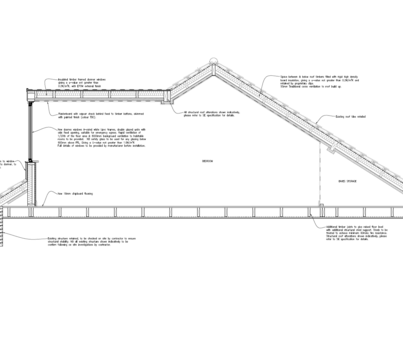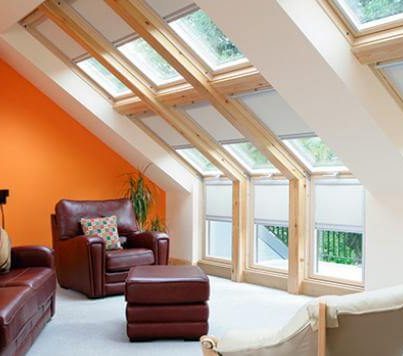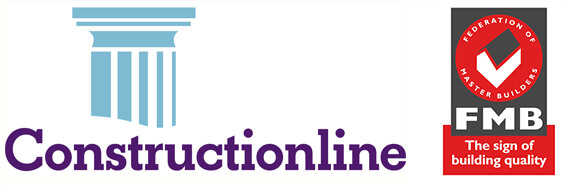Our sister company Feathered Edge Loft Conversions create bespoke loft conversions in Leeds to suit any budget. From full service design to design and build, we offer ready made packages as well as one off project builds.
We strive to complete all projects to your satisfaction from start to finish by giving you an accurate price for the job at the quote stage.





